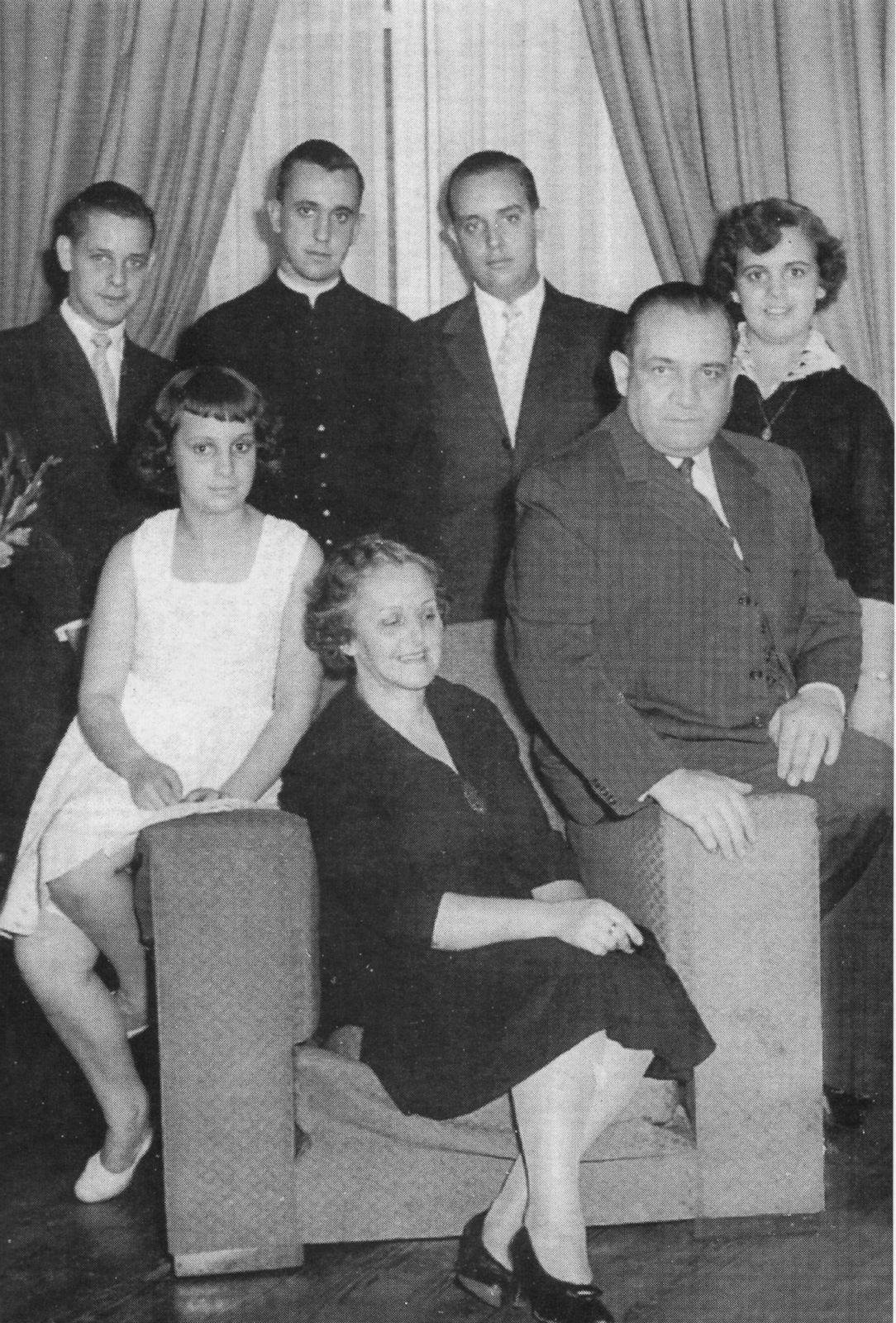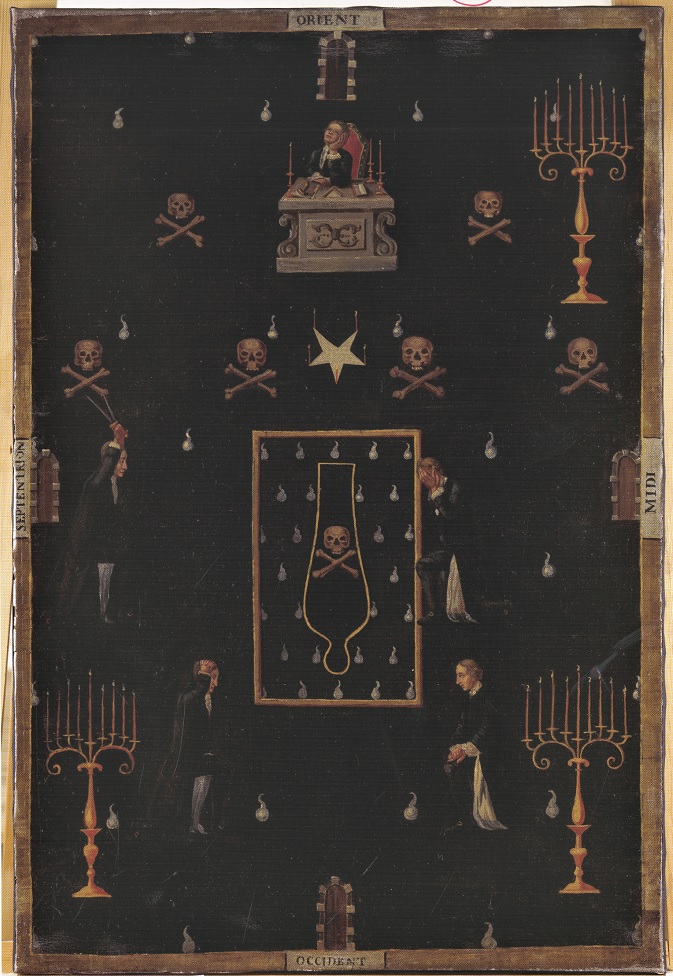Is the Catholic Church's stance on Freemasonry evolving? Recent pronouncements from the Vatican, coupled with historical context, suggest a complex and enduring relationship marked by both prohibition and, perhaps, subtle shifts in interpretation.
The debate surrounding the Catholic Church's relationship with Freemasonry is a long-standing one, filled with historical precedent and contemporary concerns. For centuries, the Church has maintained a firm stance against Catholics joining Masonic orders, a position that has been reiterated and clarified numerous times over the years. This prohibition, rooted in theological and philosophical differences, remains a significant point of contention and a source of speculation regarding the Church's future direction. The core of the issue lies in the perceived incompatibility between Masonic principles and Catholic doctrine. Freemasonry, often characterized as a fraternal organization with its own rituals, symbols, and moral code, has been viewed by the Vatican as promoting a naturalistic worldview that is at odds with Christian revelation. Concerns have also been raised about the secrecy of Masonic organizations and the potential for conflicts of loyalty among members.
To fully grasp the intricacies of this relationship, we must consider the key individuals and organizations involved. Pope Francis, the current pontiff, has been the subject of much discussion in this area. His leadership has brought about considerable change within the Church, and while the prohibition against Freemasonry remains, some observers have sought signs of a more open dialogue or a potential softening of the traditional stance. Cardinal Victor Fernández, Prefect of the Doctrine of the Faith (DDF), has played a crucial role in clarifying the Church's position, signing letters that reaffirm the prohibition. These pronouncements are essential to understand the official stance, although the motivations behind such statements are often debated.
The history of the Church's dealings with Freemasonry is intertwined with the evolution of both institutions. The initial condemnations of Freemasonry, dating back to the 18th century, were driven by concerns about the Enlightenment ideals, which were then seen as challenging the authority of the Church and its doctrines. Over time, the context has shifted as both Freemasonry and Catholicism have evolved, leading to a more intricate relationship. Historical events, such as the investigation of Masonic lodges and the publication of papal bulls against Freemasonry, have shaped the relationship. The satirical cartoons and public debates surrounding this matter reveal a spectrum of opinions and concerns.
The historical prohibition against Freemasonry is not without its nuances. The Church's opposition has not been consistent in its intensity or application. Different popes and theologians have expressed varying views on the matter, and the interpretation of Church law has shifted over time. For instance, some believe that the Church's concerns are directed toward the perceived threat to Catholic faith from Freemasonry's alternative worldview. Others focus on specific aspects of Masonic practice or belief systems. Despite any potential for nuance, the Church's official statements and regulations have remained clear: Catholics are generally forbidden from becoming Freemasons.
The repercussions of these prohibitions are far-reaching. Catholics who join Masonic organizations risk excommunication, depending on how these rules are applied. The implications extend beyond the individual; they also impact the family, community, and the Church's broader relationship with other religious and secular groups. The Vatican’s reaffirmation of the prohibition is often seen as a means of maintaining internal coherence, ensuring that its members share core beliefs, and as a defense against external influence that might undermine the Church's authority.
The discourse around Freemasonry often leads to conspiracy theories. Some theories suggest that Freemasons have infiltrated the Catholic Church. While there is no substantial evidence to support these claims, they often surface and are fueled by the secretive nature of Masonic organizations and historical conflicts between the two groups. These theories contribute to the complex and sensitive dynamics surrounding the issue. Moreover, the prevalence of such conspiracy theories demonstrates the necessity of fostering open, informed discussions grounded in historical and theological evidence.
The influence of these debates is not limited to religious circles. The issues are often discussed in broader societal and political contexts. The debate about Freemasonry touches on the separation of church and state, religious freedom, and the role of secret societies in modern society. These issues go beyond specific religious doctrines and influence how societies understand and address power, secrecy, and belief.
Looking forward, the path ahead for the Catholic Church regarding Freemasonry remains uncertain. Although there is no evidence of any immediate changes to the current prohibition, the ongoing conversations, and the evolving nature of both Freemasonry and Catholicism indicate that the dynamic will continue to evolve. The leaders of the Church will need to consider how the Church’s historical positions align with contemporary values and societal norms. The future will likely bring more debate and attempts to bridge any gaps between the two institutions.
| Aspect | Details |
|---|---|
| Key Figures | Pope Francis, Cardinal Victor Fernández, various historical Popes (e.g., Leo XIII) |
| Key Organizations | The Roman Catholic Church, Freemasonry (various lodges and Grand Lodges) |
| Historical Context |
|
| Current Status | Prohibition against Catholics joining Freemasonry reaffirmed by Pope Francis and Cardinal Victor Fernández |
| Theological Concerns |
|
| Potential Interpretations |
|
| Consequences |
|
| Conspiracy Theories | Theories about Freemasons infiltrating the Catholic Church |
| Broader Implications |
|
| References | Vatican Website |



